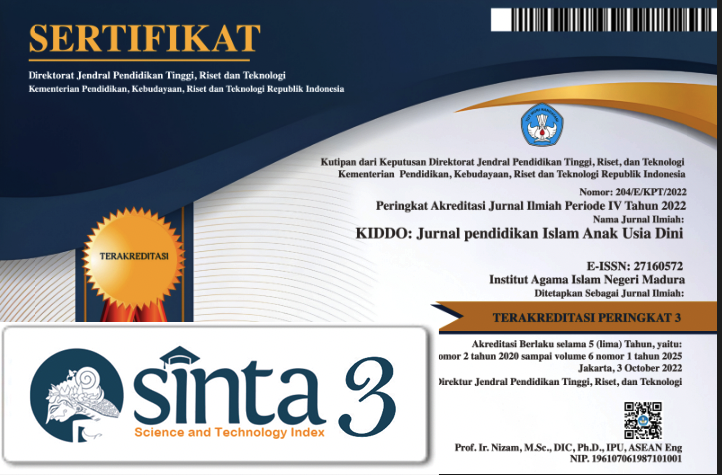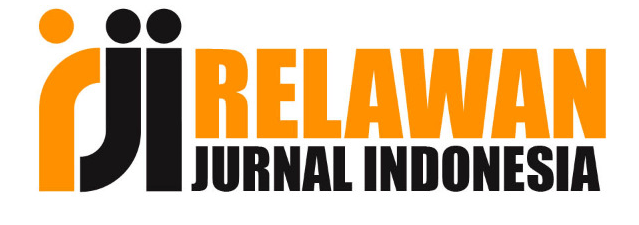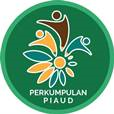Desain Setting Kelas Ramah Anak Sebagai Penguatan Profil Pancasila Pada Sekolah Penggerak Kabupaten Bangkalan
 Abstract views: 147
,
Abstract views: 147
,
 PDF downloads: 183
PDF downloads: 183
Abstract
Creating a safe and comfortable classroom has a positive effect on children, increasing their motivation in the learning process. Therefore, a conducive learning environment for children is needed. Playing is one of the fun activities for children. This research aims to describe the design of child-friendly preschool classes to strengthen the profile of Pancasila students. This concept cannot be separated from the basic principle of children's learning, namely through play. This research uses descriptive qualitative methods. data collection techniques through interviews, observation and documentation. data is analyzed involving data reduction, data presentation, and drawing conclusions. The research results concluded that classroom design is very important for the growth and development of early childhood. This is because children can freely work creatively according to their identity without any pressure. Class design that is comfortable for children will make them more enthusiastic about playing in an effort to provide meaningful learning. Apart from being comfortable, of course it cannot be separated from being safe. The Pancasila student profile as a foundation for character education, especially for older children, can be applied along with class design. Mutual cooperation, global diversity, critical reasoning, creativity can all be implemented by involving children directly.
Downloads
References
Baiti, Noor. (2020). Desain Pengelolaan Lingkungan Bermain dalam Meningkatkan Kemampuan Berbahasa Anak. Generasi Emas:Jurnal Pendidikan Islam Anak Usia Dini. 3(2), 101.
Bastian, Adolf., Reswita. (2022). Model dan Pendekatan Pembelajaran. Indramayu:CV Adanu Abimana
Beaty, J. J. (2011). Skills for Preschool Teachers. Pearson Higher Ed.
Bengkulu. Jurnal PGSD, 10(1), 61–65.
Bengkulu. Jurnal PGSD, 10(1), 61–65.
Bengkulu. Jurnal PGSD, 10(1), 61–65.
Fiah, R. E. (2017). Bimbingan dan Konseling Anak Usia Dini. Jakarta: Rajawali Pers.
Imadulbilad, Anisa. (2023). Implementasi Konsep Pengelolaan Lingkungan Pembelajaran Indoor di TK Aisyiyah Busthanul Athfal 13. Jurnal Abata
Israwati. (2017). Pengelolaan Ruang Kelas Pendidikan Anak Usia Dini pada Kelompok B di Taman Kanak-kanak. Jurnal Serambi Ilmu, 29(9), 1689-1699
Jatiyasa, I Wayan. (2023). Guru Membangun Kelas Aktif dan Inspiratif. Makasar:Cendekiawan Inovasi Digital Indonesia.
Kementerian Pendidikan dan Kebudayaan Republik Indonesia. 2021. Program Sekolah Penggerak
Lestari, Y., Rohiat, R., & Anggraini, D. (2017). Pengaruh Penataan Tempat Duduk
Lestari, Y., Rohiat, R., & Anggraini, D. (2017). Pengaruh Penataan Tempat Duduk
Lestari, Y., Rohlat, R., & Anggraini,D. (2017). Pengaruh Penataan tempat duduk terhadap hasil belajar siswa pada pembelajaran IPA kelas V SDN 20 Kota Bengkulu. Jurnal PGSD, 10 (1), 61-65
M Lestari, Y., Rohiat, R., & Anggraini, D. (2017). Pengaruh Penataan Tempat Duduk
Mariyana, R. (2010). Pengelolaan Lingkungan Belajar. Jakarta: Rajawali Press.
Meilita Eka Safitri, Karyono Ibnu Ahmad, & Muhammad Saleh. (2018). Development of Child Independence Through Model Picture and Picture, Examples and Non Exampes Model and Practical Method Directly Activities of Learning Practical Life In Group B Kasih Ibu Kindergarten, Banjarmasin, Indonesia. European Jurnal of Education Studies, 5(7). 64-80.
Mulyani, N. (2016). Dasar-dasar Pendidikan Anak Usia Dini. Yogyakarta: Kalimedia. Mulyasa. (2012). Manajemen PAUD. Bandung: Remaja Rosdakarya.
Mulyasa (2023), Implementasi Kurikulum Merdeka. Jakarta: Bumi Aksara
Nindita, E. D. (2018). Pengaruh Keterbatasan Pandangan
Visual Ruang Kelas Pada Kreatifitas Mahasiswa Desain Interior. Jurnal Ilmiah Desain & Konstruksi, 17(1),38–49.
PAUD, k. D. (2013). Komunikasi dalam Pengasuhan. Jakarta: Kemendikbud Direktorat Jenderal PAUD.
Permatasari, R. C., & Nugraha, N. E. (2020). Peranan Elemen
Desain Interior Dalam Membentuk Atmosfer Ruang Tunggu CIP Lounge Bandara. Dewa Ruci: Jurnal Pengkajian Dan Penciptaan Seni,15(2), 59–70.
Priyono, dkk. (2022). Resonansi Pemikiran ke 19 Peningkatan Mutu Pendidikan Melalui Kreativitas Guru (Kumpulan artikel dan opini di media massa Januari-Februari Tahun 2022), Solo:Muhammadiyah University Press.
Salasiah, Asniwati, & Effendi, R. (2018). Instilling Chracter Values In Early Childhood In The Perspective of Curriculum and Parenting (Multi-Site Study In PAUD Islam Sabilal Muhtadin and PAUD Mawaddah, Banjarmasin, Indonesia. European Jurnal of Education Studies. 5(7). 36-47
Susanto, Ahmad. (2011). Perkembangan Anak Usia Dini:Pengantar dalam Berbagai Aspeknya. Jakarta:Kencana
Syamsuardi. (2012). Penggunaan Alat Permainan Edukatif (Ape) Di Taman Kanak-Kanak Paud Polewali Kecamatan Tanete Riattang Barat Kabupaten Bone
Suyadi. (2011). Manajemen PAUD (TPA,KB,TK/RA) Mendirikan, Mengelola dan Mengembangkan Pendidikan AUD. Yogyakarta: Pustaka Pelajar.
Suyanto, Slamet. (2023). Inovasi dan Difusi Inovasi Pendidikan Yogyakarta:PT. Nas Media Indonesia
Terhadap Hasil Belajar Siswa Pada Pembelajaran IPA Kelas V SDN 20 Kota
Terhadap Hasil Belajar Siswa Pada Pembelajaran IPA Kelas V SDN 20 Kota
Terhadap Hasil Belajar Siswa Pada Pembelajaran IPA Kelas V SDN 20 Kota
Wiyani, N. A. (2015). Manajemen PAUD Bermutu: Konsep dan Praktik MMT Di KB, TK/RA. Yogyakarta: Gava Media.
Yusuf, S. (2000). Psikologi Perkembangan Anak dan Remaja. Bandung: Remaja Rosda Karya.
Copyright (c) 2024 Danang Prastyo, Selfi Lailiyatul Iftitah, Trisa Kumalasari, Wahyuni, Ardhana Reswari

This work is licensed under a Creative Commons Attribution 4.0 International License.
-
The journal operates an Open Access policy under a Creative Commons 4.0 International license. The terms of the license are:
Share— copy and redistribute the material in any medium or format
Adapt— remix, transform, and build upon the material for any purpose, even commercially.
1. Authors retain copyright and grant the journal right of first publication with the work simultaneously licensed under a Creative Commons License.that allows others to share the work with an acknowledgement of the work’s authorship and initial publication in this journal
2. Authors are permitted and encouraged to post their work online (e.g., in institutional repositories or on their website) prior to and during the submission process, as it can lead to productive exchanges, as well as earlier and greater citation of published work (See The Effect of Open Access).
Jurnal Kiddo is licensed under a Creative Commons
n Access).














